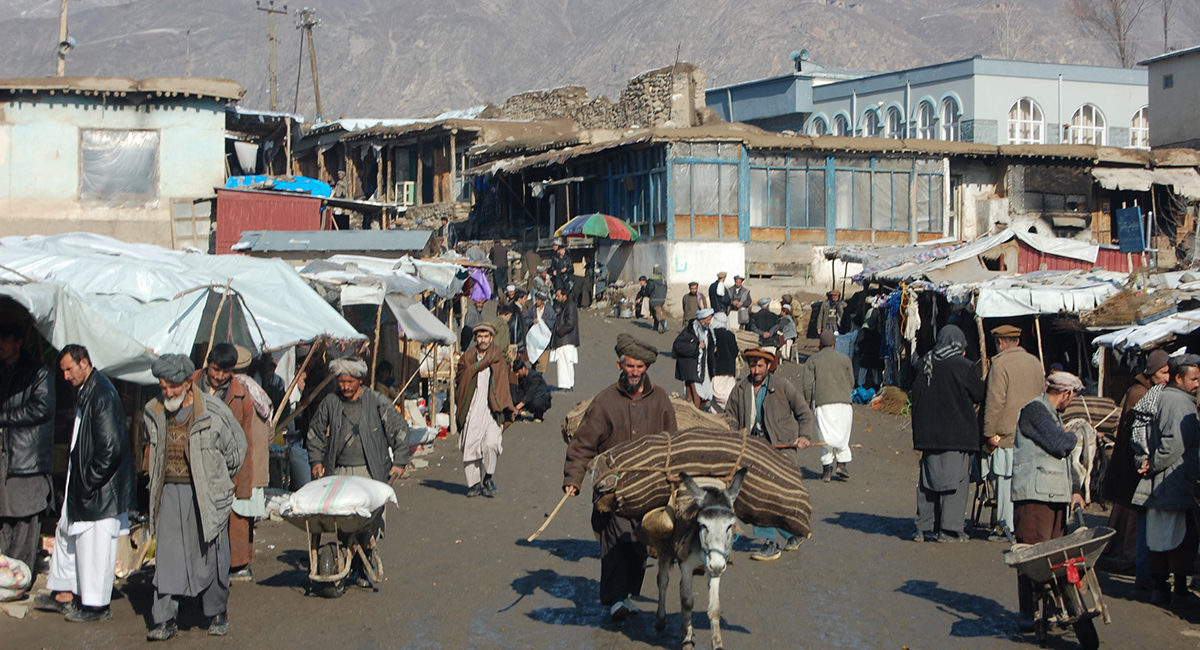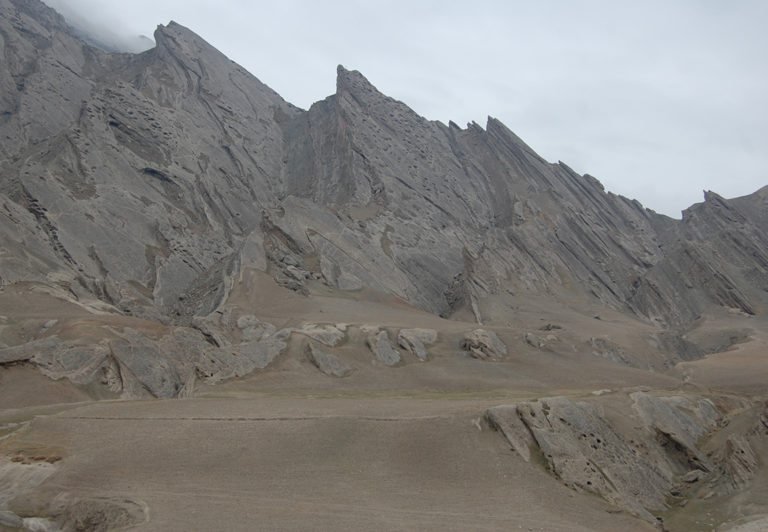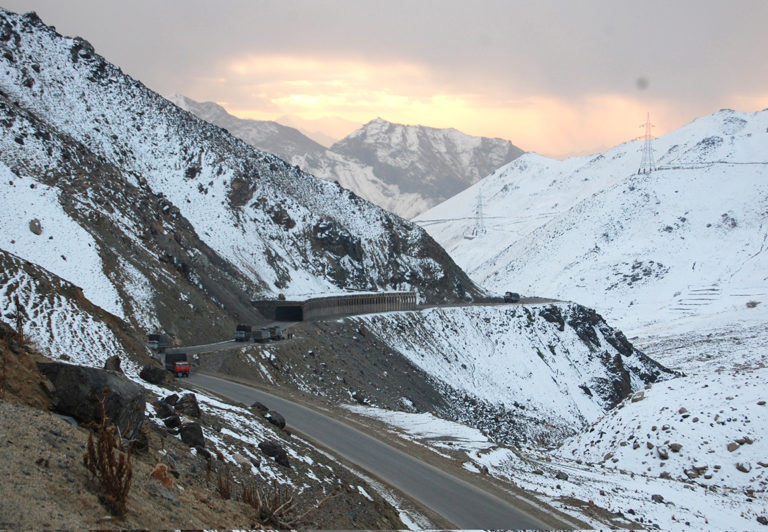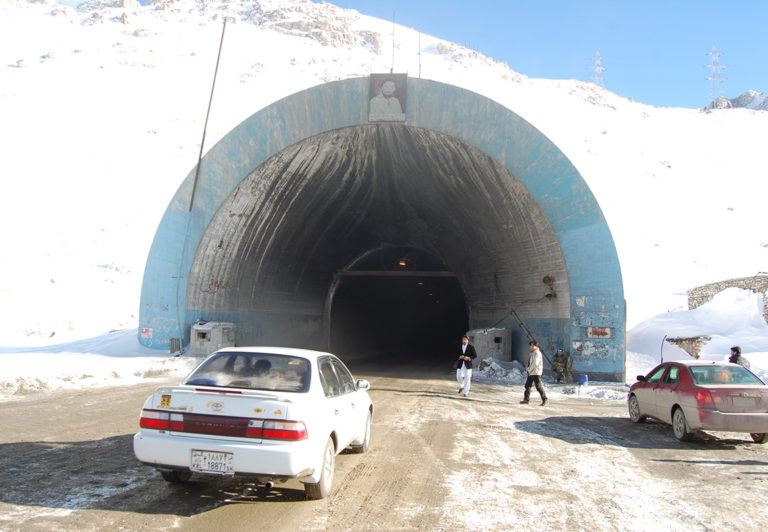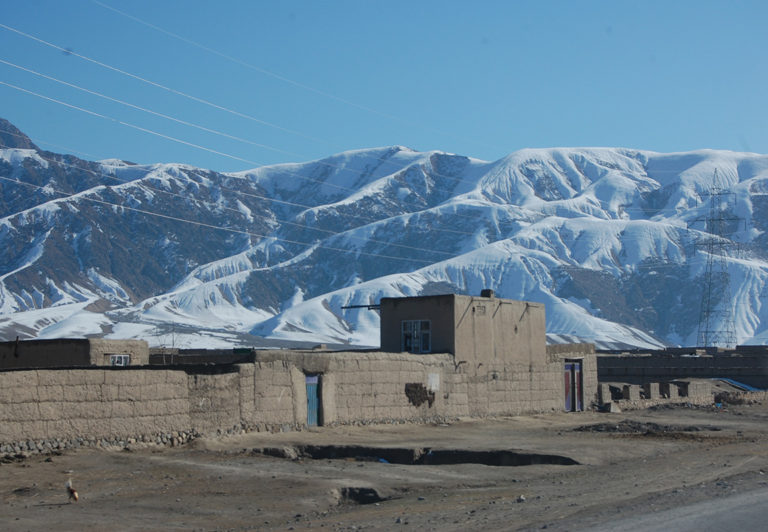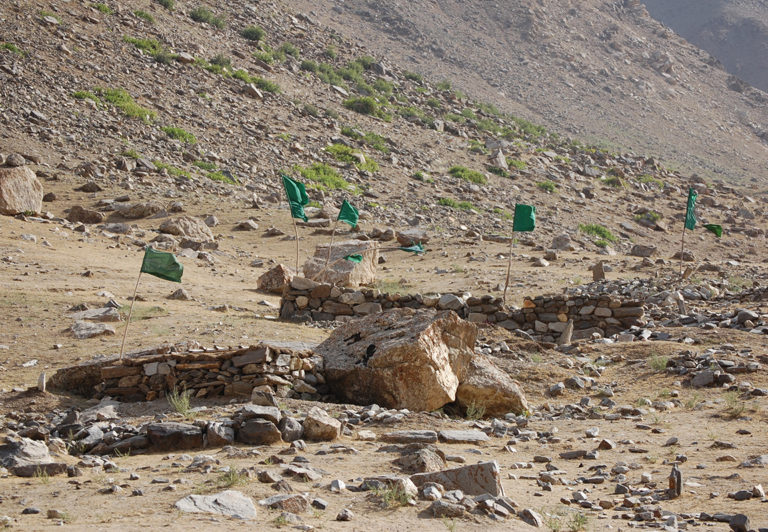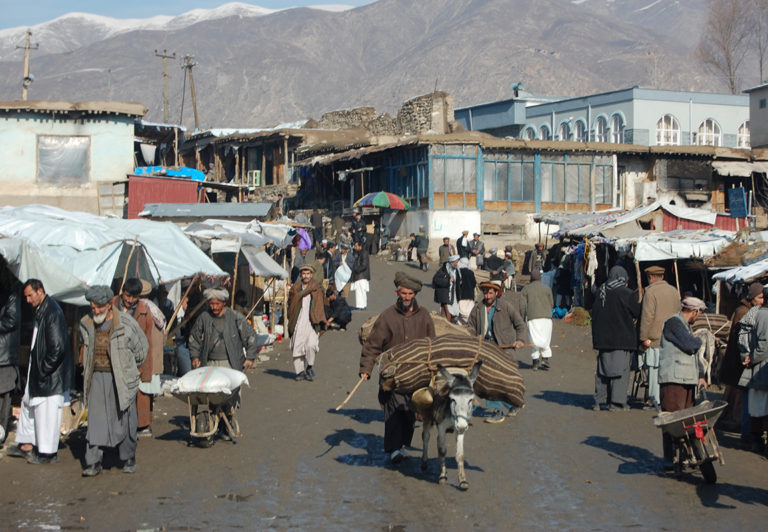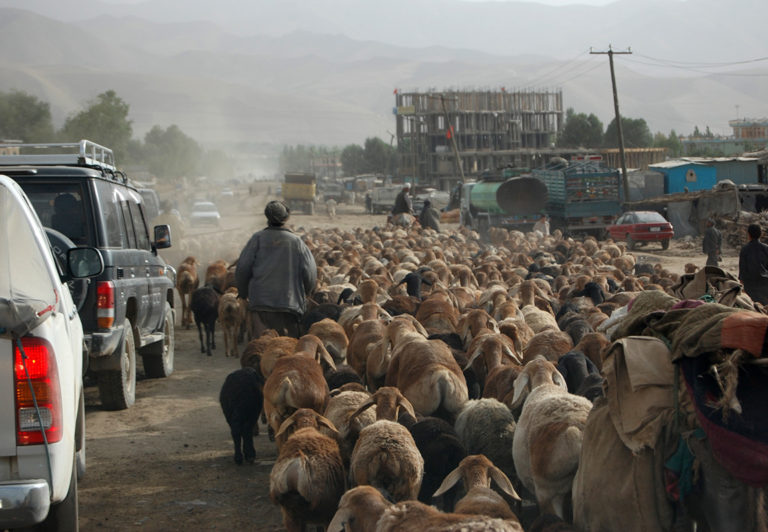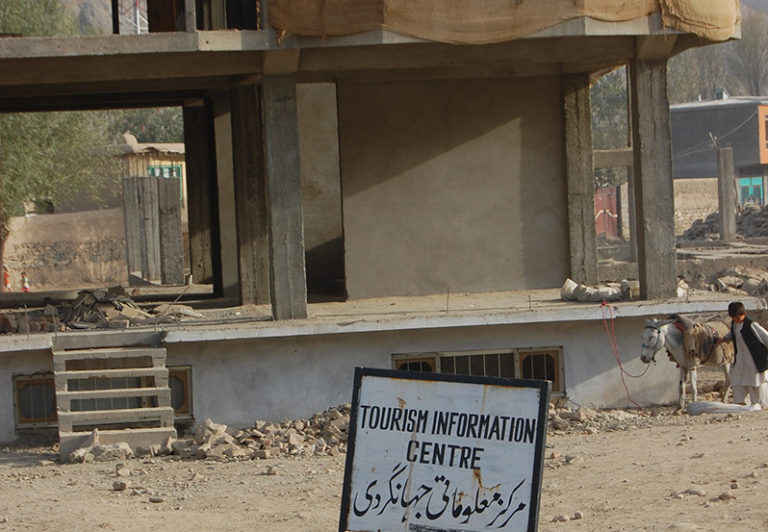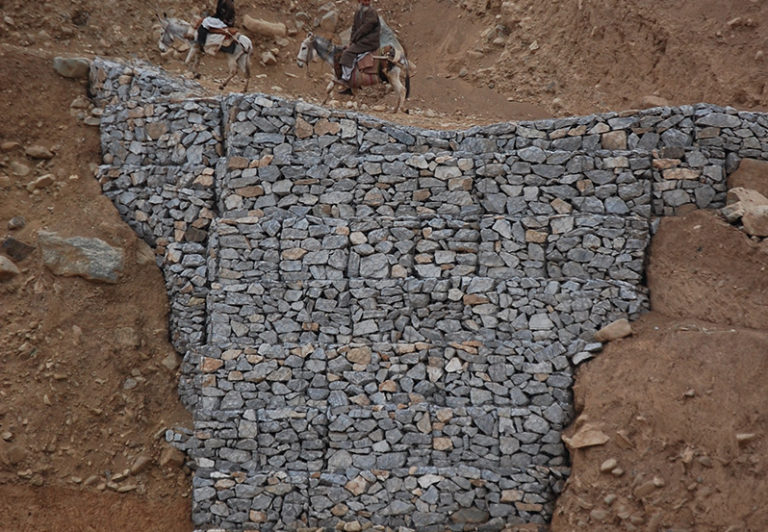More than 2,000 years ago, Northeast Afghanistan was a remote yet prosperous region on the fringe of Bactria, an eastern province of the Persian Empire. In 328 BC, after marrying the Bactrian princess Roxane in what is today the Afghan province of Balkh, Alexander the Great marched through Badakhshan enroute to the Indus River Valley. Alexander’s army hated Badakhshan’s mountains so much that they were in a state of revolt by the time they reached the Punjab.
The mountains the Macedonians crossed were 200 miles wide and contained more than two dozen summits higher than 23,000-ft. In centuries to come so many slaves died making the crossing that the mountains became known at the Hindu Kush, or Hindu Killer. But Badakhshan has more to offer than snow and isolation. To the north runs the untamed Oxus River (Amu Darya) fed by roaring streams running through fertile valleys that served as rest stops for caravans heading north to the Silk Road.


